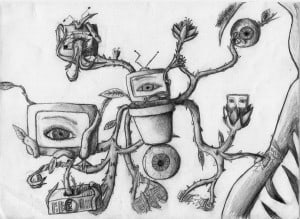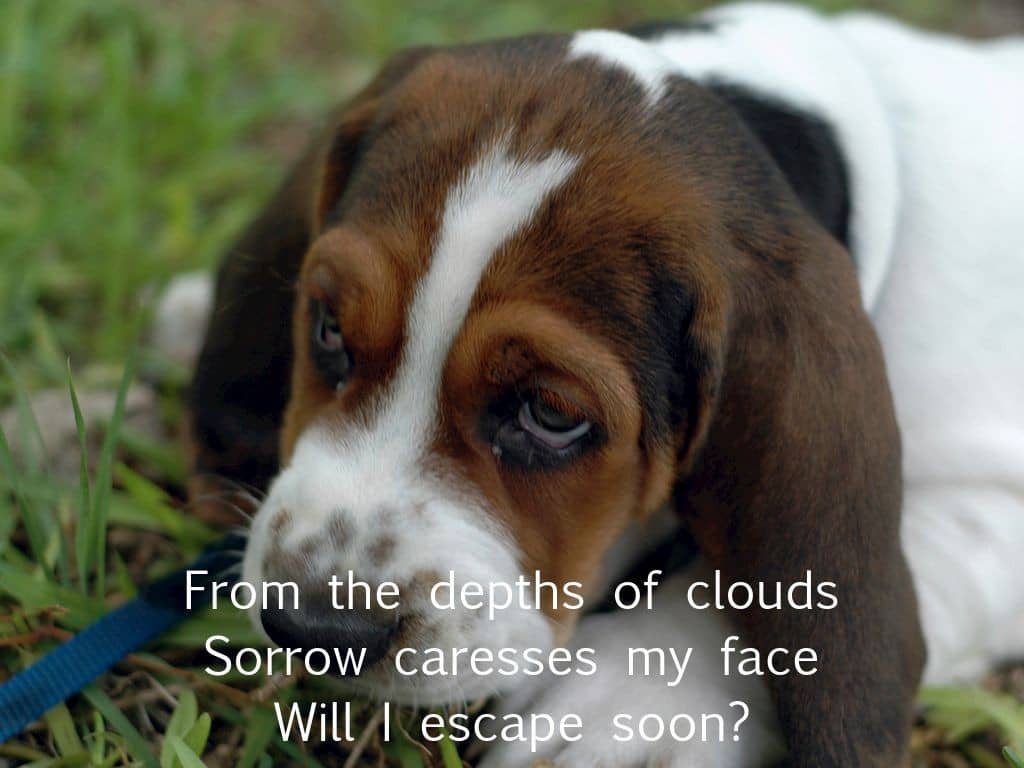 The process of designing a document based lesson was quite lengthy and involved. It required finding not only relevant documents and primary sources but ones that were both rich enough yet easily accessible for students to engage with on a deep level. In my case I found this objective fairly challenging as I was looking to create a lesson to fit within a unit about ancient Egypt.
The process of designing a document based lesson was quite lengthy and involved. It required finding not only relevant documents and primary sources but ones that were both rich enough yet easily accessible for students to engage with on a deep level. In my case I found this objective fairly challenging as I was looking to create a lesson to fit within a unit about ancient Egypt.
Given that the subject for my lesson was from such antiquity I found it fairly difficult to find primary sources and other documents that would fit the aforementioned stipulations. However once I was able to identify my documents the actual designing of the lesson was pretty fun! Throughout this process I had to continually put myself in the shoes of my students and ask the question: what should students be doing and learning from each document? With this important question in mind I was able to critically think about how each document and primary source fit into the larger fabric of my lesson. Even though this type of lesson carries a fairly heavy workload in terms of planning I think that this would be a fantastic method to use in my instruction. Certainly not every lesson can be document based but I think that such lessons could be very powerful in terms of both increasing student content mastery as well as providing an opportunity for students to act as historians (which should always be our goal as teachers of social studies)!
Image credit: Robert N. Dennis collection of stereoscopic views. / United States. / States / New York / New York City / Stereoscopic views of structures in Central Park, New York City. (Approx. 72,000 stereoscopic views : 10 x 18 cm. or smaller.) Link



